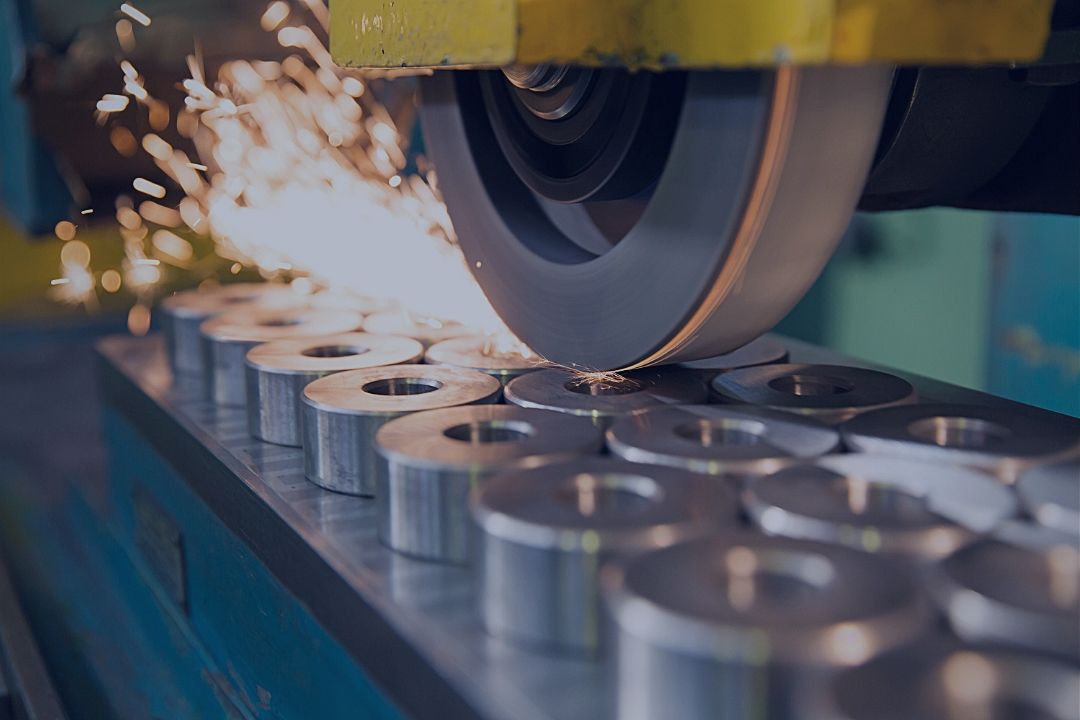As any savvy business leader knows, you must collect and analyze data on your performance to keep tabs on the overall health of the business and help you decide where to go from here. The problem is, most companies today have more information than they know what to do with. So, it’s hard to separate the important data from the noise. Never is this truer than in the manufacturing industry. Because you not only sell your products but also create them, you have even more to track than most. So how do you know which measures are most important?
That’s a great question, and the answer will vary based on your company’s unique needs and situation. Manufacturing KPIs fall into two major categories, financial and predictive. As you can probably guess, financial KPIs are those used to track things like costs, margins, cash flow, sales and asset utilization. They can be useful to see what’s working and what areas could use improvement. The problem with these KPIs is that they are historical. They rely on what has already happened, rather than giving you insight into the future.
That’s where predictive KPIs come in. You may know them as leading indicators. Managers can use these manufacturing KPIs to help avoid undesirable outcomes or enhance desirable ones. Rather than using your own internal data, some of these KPIs rely on outside information, like housing starts or health trends.
How to choose which manufacturing KPIs are right for you
Of course, not all KPIs will apply to every manufacturer. To figure out which make the most sense for your business, ask yourself a few questions.
- What data do I have available to me?
- What business goals am I trying to achieve?
- How many KPIs can I realistically track at once?
- Which KPIs align best with my goals?
With that said, there are a few KPIs that almost any manufacturing business should be tracking. Here are three of them.
Planned Versus Actual Hours and Cost
This is a prime indicator of how efficiently any plant is running. Just like with most manufacturing KPIs, when you first track this one, you will need to establish a baseline. Once you have that, fluctuations in this number can be early warning signs of improvements or deterioration in the plant’s overall performance.
Utilization and Capacity
If you are a lean manufacturer, you may not think of utilization as something important to you. Still, there’s real value in planning for the best use of your available resources. If you want to lower costs and improve on-time completions while reducing overtime and improving delivery rates, it’s worthwhile to investigate your resource load-balancing.
Profitability by Customer or Product Category
This is a manufacturing KPI many people overlook. However, we all know that not all customers or products are equal. In reality, a few of your customers might drive most of your revenue, whereas others cost you money. We could say the same for products or product lines. By tracking this KPI you can see which products and/or customers are worth pursuing and which are not.
We hope this overview of manufacturing KPIs has given you a starting point for tracking the overall performance of your business. If you’d like to dig deeper into this topic and learn about other important KPIs you should track, download the Acumatica white paper “Key Performance Indicators for Manufacturing.”
To track these KPIs, you need the right technology at your fingertips. If your current business management system doesn’t offer the information you need, it may be time to look at modern manufacturing ERP solutions. You can explore a few of the most popular options on the market today by visiting this webpage.




